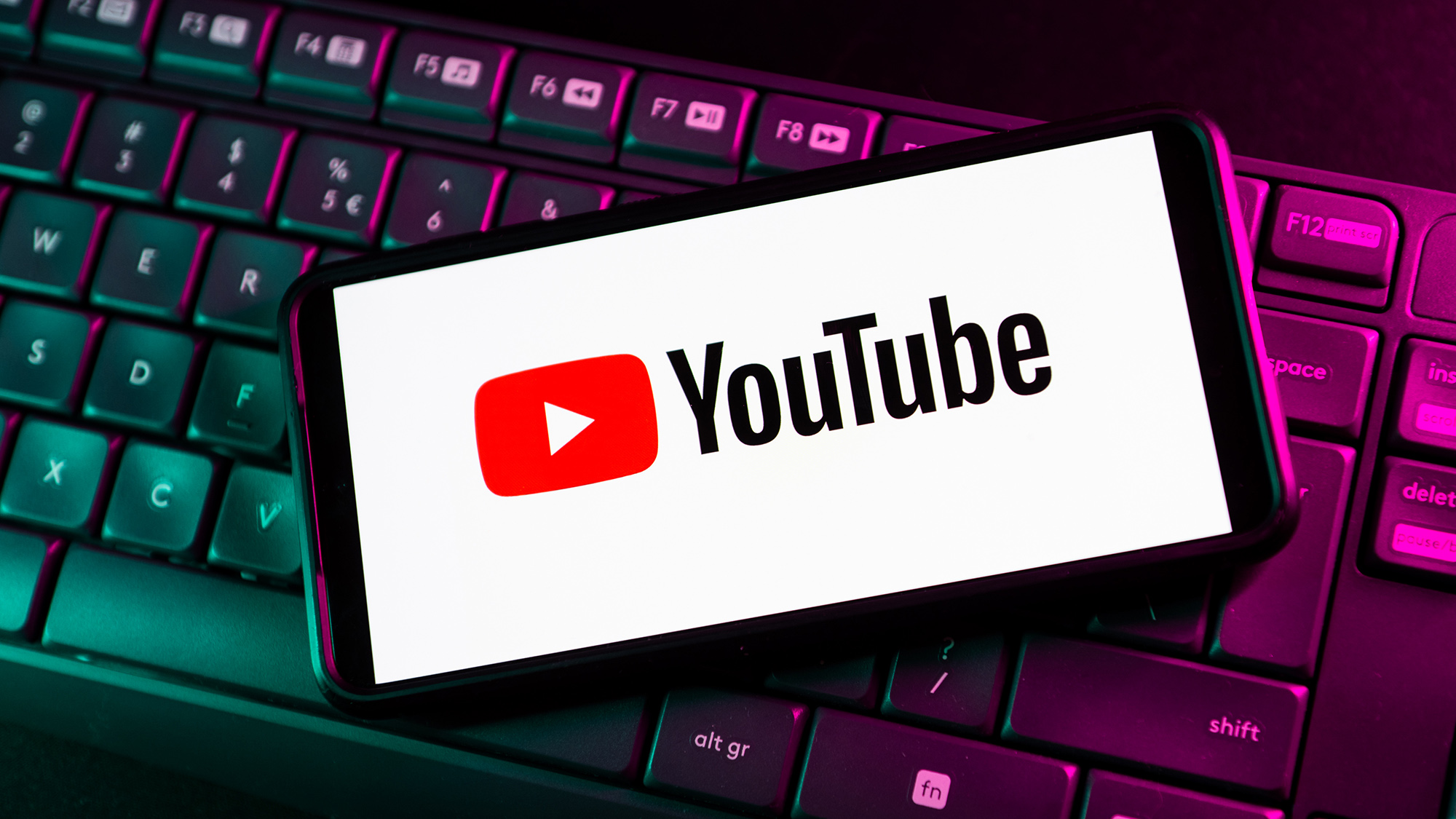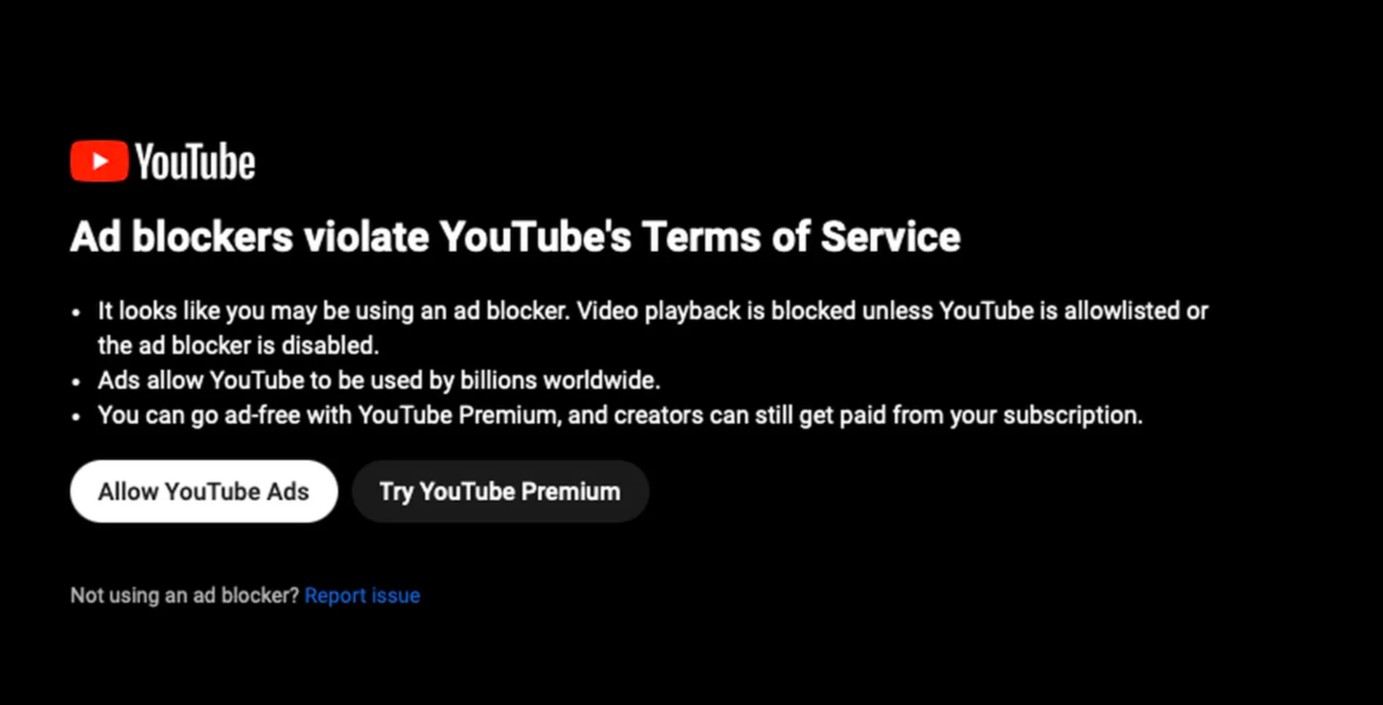
YouTube has declared war on ad-blockers, and has been testing anti-ad blocking measures since May. Reports of those measures have increased recently, and now YouTube has confirmed that it has launched a new “global effort” to stop people using ad-blockers on the platform.
There’s a chance you already came across one of these warnings, claiming that ad-blockers violated YouTube’s terms of service. These warnings push users to either deactivate their ad-block or subscribe to YouTube Premium.
In some instances these messages could be closed, though other people found there was a timer preventing them from doing this right away. It's likely that this option will eventually vanish, if it hasn't already.
Even if those messages can be dismissed, having them show up on every single video is going to get annoying after a while. Though the question is whether the hassle will be more annoying than the ads themselves.
YouTube communications manager Christopher Lawton confirmed the new expanded effort to clamp down on ad-blockers in a statement to The Verge. The official line is that YouTube ads “support a diverse ecosystem of creators globally and allow billions to access their favorite content on YouTube.”
Which is true to a point. YouTube is a business, and the advertising you see helps keep the site in the black. Likewise ads help YouTube creators to pay the bills, and incentivize them to keep making content for you to enjoy — though often isn’t their only source of revenue.

Unfortunately YouTube adverts have been getting more annoying over time. An increased number of ads, longer run times, fewer skip buttons or some combination of the lot. In my experience YouTube ads on my phone and laptop saw an increasing number of ads for gambling, or products and services that look increasingly sketchy. It’s almost enough to make you wonder whether it’s all a deliberate ploy to push people towards YouTube Premium.
With that in mind, it’s no wonder people have been turning to ad-blockers. And rather than dealing with the “adpocalypse” as it’s been called, YouTube is instead holding a proverbial gun to its users heads if they try to avoid those kinds of ads.
Needless to say Google’s crackdown on ad-blockers is not going to end anytime soon, so be prepared to see warning messages pop up at some point. So far I haven't had this issue with my own ad-blocker, though other members of the Tom’s Guide staff have — albeit inconsistently.
However there are workarounds to this. People have already spotted you can bypass anti ad-blocker messages by tricking YouTube into thinking you’re using a Windows Phone, and the ad blockers themselves will likely find ways to bypass the warnings at some point.
Then begins the whole cat-and-mouse game as YouTube tries to block that process, and developers look for ways around the latest block. This is going to be a thing from now on, I pretty-much guarantee it.
If you can’t sit around waiting for the best ad-blockers to bypass YouTube’s anti-ad-block tactics, you have two options: deal with the ads, or subscribe to YouTube Premium. That’s $14 a month, or $140 for a whole year.







